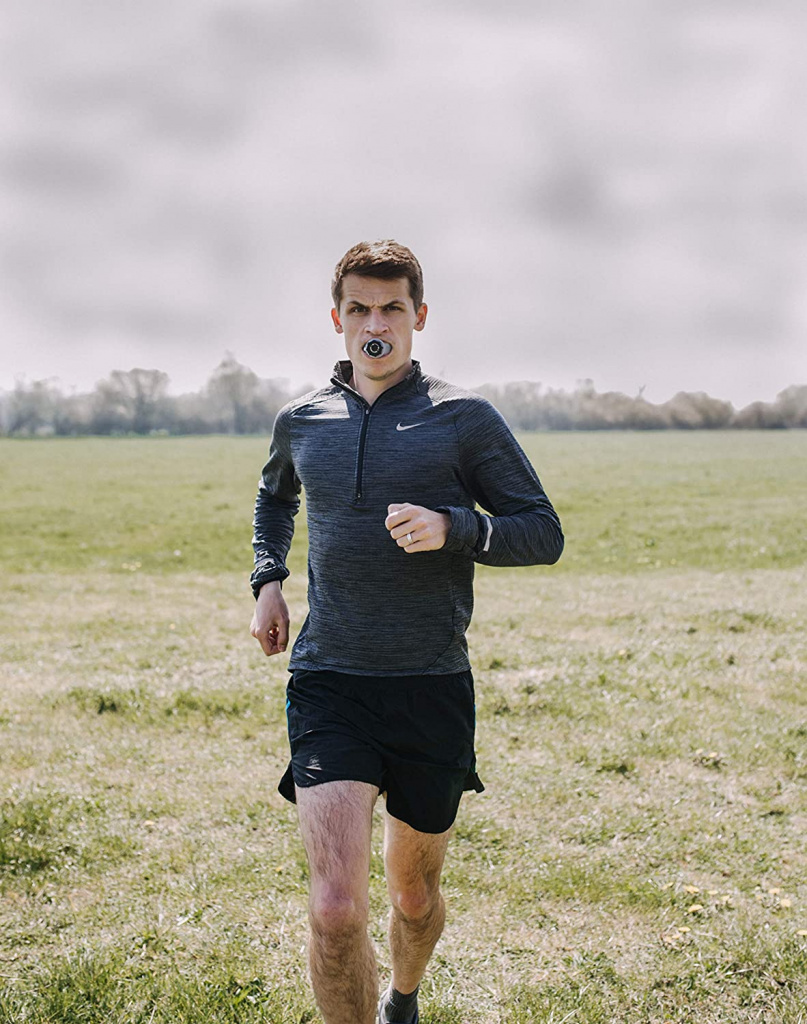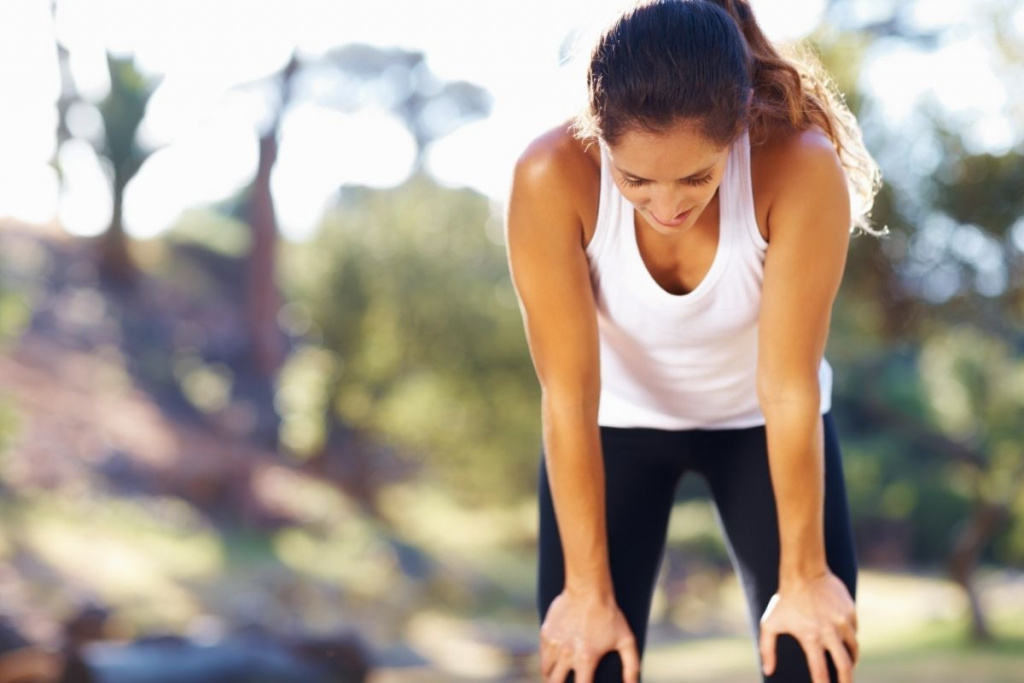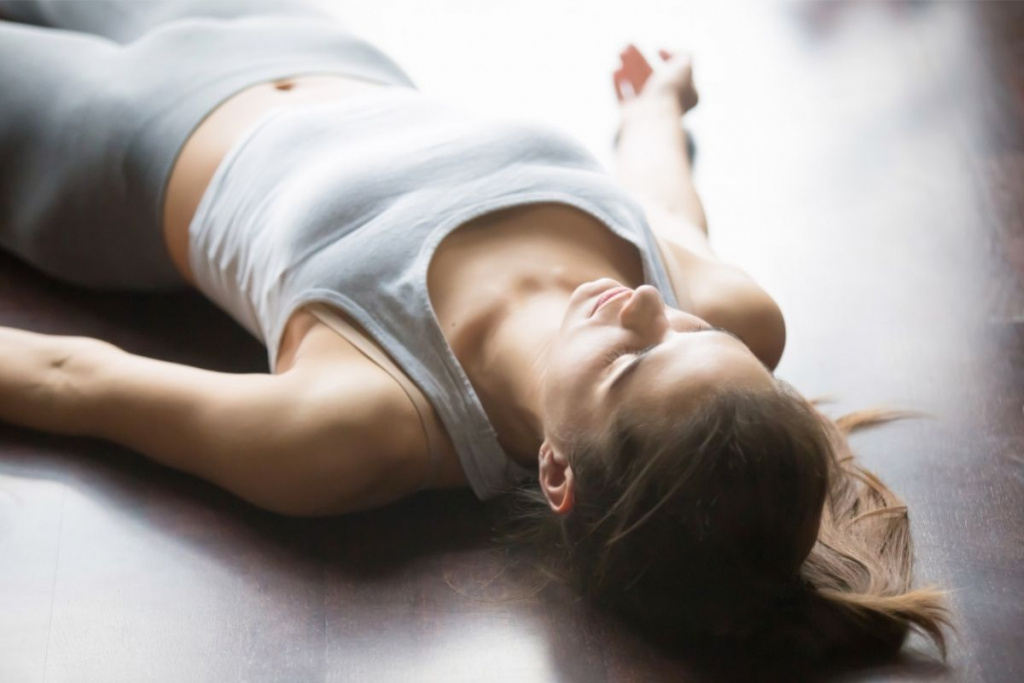Breathing exercise can be defined as “an exercise intended to promote effective and healthy breathing and breathing control”.
Breathing exercise originates from the ancient Eastern practice of Qigong [qi: meaning breath or air; gong: meaning work (pronounced as: chee-gung)]. The practice of Qigong was first described by famous Chinese emperor Huangdi (creator of the first unified Chinese empire) nearly 2500 years ago! (1). Qigong uses breathing techniques whilst remaining still and focusing on one’s body (mindfulness) (1). Ancient stories claim Qigong masters could support vast amounts of weight with just their bodies, move objects without touching them, and even evade injury after being hit with a sword! (1). Traditional Chinese medicine also claims Qigong can cure most diseases, including hepatitis, emphysema, and even cancer! (1).
Whilst such outlandish claims are not supported by modern science, breathing exercises have been shown to improve the function of the respiratory muscles (intercostal muscles, diaphragm, and abdominals) (2). Research also demonstrates breathing exercise can lower blood pressure (3), and improve quality of life in healthy individuals (4), as well as those suffering from chronic disease (5). This has made Eastern breathing practices (e.g. meditation) within the West increasingly more popular. Commercially, manufacturers have started developing respiratory muscle training devices to capitalise on the popularity of breathing exercise (6). Throughout this article, we will explore how, why, and for whom, respiratory muscle training devices might work.
How Does Respiratory Muscle Training Work?
Respiratory muscle training devices are typically small portable devices that provide resistance for the respiratory muscles to work against (6). Pressure valves limit the flow of air through the device tube, which forces the respiratory muscles to work harder to both breath in (inspiration) and breath out (expiration) (6). The amount of resistance a valve provides against air flow can be adjusted, meaning individuals can start at a low intensity and gradually progress. Breathing exercise with such devices also normalises the breathing pattern and can give a person greater control over their breathing pattern.
Respiratory muscle training devices can typically be divided into the following three categories (6):
Passive flow-resistance devices: These devices require an individual to select a resistance level (width of the tube) at the beginning of the set which then remains fixed for the duration of the exercise.
Dynamically adjusted flow resistance devices: These devices automatically adjust the resistance level continuously with every breath. As the individual breathes in and out, the width of the tube narrows and widens, providing variable resistance.
Pressure threshold valve devices: These devices require an individual to produce a pre-defined respiratory pressure to open and close a valve. Put simply, the valve will not open until an individual breathes in/ out with sufficient force. Therefore, the intensity is adjustable, quantifiable, and ensures the respiratory muscles reach an appropriate loading threshold.
More advanced devices also have easily adjustable resistance settings, more secure mouthpieces, nose clips, and dual training settings (inspiratory and expiratory training) (6). However, such devices are usually more expensive. In-fact, the price of portable devices (that can be used from home) ranges from £10.00-£750.00! (6).
Who can Benefit from Respiratory Muscle Training?
Conditions that affect breathing function include, chronic obstructive pulmonary disorder (COPD), asthma, and emphysema. These conditions limit respiratory function (the ability of the lungs to take in oxygen and expel carbon dioxide), which can result in dyspnoea (shortness of breath), and a diminished quality of life (e.g. being wheelchair bound) (5). Respiratory muscle training can help to normalise breathing pattern, and drastically reduces the distressing symptoms patients experience (e.g. dyspnoea, wheezing and coughing fits) (7). This often increases confidence, functional ability, and improves quality of life (5,8).
Certain tasks, like hiking (at high altitudes with low oxygen pressure), swimming (holding breath in-between strokes and airway irritation by chlorine) and singing (expiring air for long periods of time to hold a note) may benefit from respiratory muscle training (2, 9). However, it is important to note, there is currently no evidence to suggest respiratory muscle training improves exercise performance in healthy individuals (2, 4). Whilst respiratory muscle training will not prevent somebody from getting out of breath during exercise (as a result of a faster breathing rate), it may help to relieve distressing symptoms like shortness of breath (difficulty breathing, feeling like there is not enough air is getting in) (4, 10). Strengthening the respiratory muscles may also help to manage the perception of fatigue, meaning that an individual may ‘feel’ less tired, especially at higher intensities of exercise (2, 10). Put simply, breathing into a device 3 times per week will not turn the average person into Sir Mo Farah, but it may help to make exercise a less uncomfortable experience.
Reducing the burden of activity is especially relevant for individuals who may suffer from mild asthma or bronchial hyperresponsiveness, where a person’s airway can temporarily become constricted due to environmental irritants (e.g. dust, fumes, and cold temperatures) (11). However, many other factors can also contribute to an individual experiencing shortness of breath during exercise, such as obesity (12), routinely carrying heavy loads on the back (e.g. a heavy backpack) (13), and poor posture (kyphosis) (14).
Whilst respiratory muscle training does not appear to have any serious acute risks (15), individuals who suffer from hypertension, cardiovascular disease, or general anxiety disorder should still exercise caution, as resistive breathing may still cause unforeseen consequences (e.g. unnecessary spikes in blood pressure, potentially causing a panic attack).
Practical Recommendations for Respiratory Muscle Training
Crucially, the majority of benefits achieved by respiratory muscle training may actually be achieved with breathing exercises alone, without the need for an expensive device. For example, in COPD patient’s non-device breathing exercise actually results in a greater increase in functional fitness compared to device-based breathing exercise (5). For those who cannot afford a respiratory muscle training device, it is important to acknowledge that they do not require a device to obtain the majority of benefits. Non-device breathing exercise is still very effective and requires little to no equipment.
A simple breathing exercise could involve sitting or lying down and taking slow inhalation and exhalations (2-3s), through pursed lips. The participant may also place their hands (or a small object) on the stomach/ chest as a means of activating the respiratory muscles (e.g. the diaphragm) and normalising breathing pattern.
However, individuals who have severely impaired respiratory function (e.g. extreme COPD), may be better suited to device-based respiratory muscle training to improve symptoms, function, and quality of life (5,6,8). Regardless of whether an individual chooses to use device or non-device breathing exercise, they should try to adopt either a seated upright or supine posture during their training and focus on breathing. The following recommendations can then be used as a starting point for respiratory muscle training (5):
• 3-5s inspirations and expirations (slow breaths)
• 2-3 sets of 10-20 breaths, once or twice per day (e.g. morning and evening)
• 2-4 minutes rest between sets (take longer if experiencing symptoms like light headedness or dizziness)
• 3-7 days per week (90-210 minutes per week)
• ≥3-4 weeks (results take time to be realised)
Device based respiratory muscle training allows an individual to monitor and adjust respiratory effort. It is for this reason respiratory muscle training is best performed under supervision, in order to progress appropriately, and monitor the experience of distressing symptoms (6).
Conclusion
Breathing exercises (device or non-device) have many benefits for individuals who have a condition that specifically affects respiratory function. Whilst otherwise healthy individuals will benefit less, breathing exercises may improve the experience of distressing symptoms during exercise or activities of daily living (breathlessness and fatigue). Despite the utility of these new devices, it should also be acknowledged that improving modifiable-risk factors can also improve respiratory function. Such strategies could include, managing weight, improving posture, avoiding airway irritants (dust, etc), and improving general levels of fitness and strength.
Disclaimer: This article is not intended as an endorsement of respiratory muscle training devices. Instead, this article is an evidence-based discussion about the benefits and risks of this novel therapeutic tool. If an individual is considering using a respiratory muscle training device, this should be done with the approval of an appropriate medical professional and under the supervision of a suitably qualified and experienced health and fitness professional. This article should not be used as a substitute for medical advice.
References
1. Koh, T.C., 1982. Qigong—Chinese breathing exercise. The American journal of Chinese medicine, 10(01n04), pp.86-91.
2. Amonette, W.E. and Dupler, T.L., 2002. The effects of respiratory muscle training on VO2max, the ventilatory threshold and pulmonary function. Journal of Exercise Physiology, 5(2), pp.29-35.
3. da Silva, C.D., de Abreu, R.M., Rehder‐Santos, P., De Noronha, M. and Catai, A.M., 2021. Can respiratory muscle training change the blood pressure levels in hypertension? A systematic review with meta‐analysis. Scandinavian Journal of Medicine & Science in Sports.
4. Sheel, A.W., 2002. Respiratory muscle training in healthy individuals. Sports Medicine, 32(9), pp.567-581.
5. Yun, R., Bai, Y., Lu, Y., Wu, X. and Lee, S.D., 2021. How breathing exercises influence on respiratory muscles and quality of life among patients with COPD? A systematic review and meta-analysis. Canadian Respiratory Journal, 2021.
6. Menzes, K.K.P., Nascimento, L.R., Avelino, P.R., Polese, J.C. and Salmela, L.F.T., 2018. A review on respiratory muscle training devices. J Pulm Respir Med, 8(451), p.2.
7. Templeman, L. and Roberts, F., 2020. Effectiveness of expiratory muscle strength training on expiratory strength, pulmonary function and cough in the adult population: a systematic review. Physiotherapy, 106, pp.43-51.
8. Laciuga, H., Rosenbek, J.C., Davenport, P.W. and Sapienza, C.M., 2014. Functional outcomes associated with expiratory muscle strength training: narrative review. Journal of Rehabilitation Research & Development, 51(4).
9. Lim, J.Y., Ahn, C.M. and Choi, H.S., 2004. Specially Programmed Respiratory Muscle Training for Singers by Using Respiratory Muscle Training Device (Ultrabreathe®). Yonsei medical journal, 45(5), pp.810-817.
10. Suzuki, S., Sato, M. and Okubo, T., 1995. Expiratory muscle training and sensation of respiratory effort during exercise in normal subjects. Thorax, 50(4), pp.366-370.
11. Carlsen, K.H., 2012. Sports in extreme conditions: the impact of exercise in cold temperatures on asthma and bronchial hyper-responsiveness in athletes. British journal of sports medicine, 46(11), pp.796-799.
12. Arena, R. and Cahalin, L.P., 2014. Evaluation of cardiorespiratory fitness and respiratory muscle function in the obese population. Progress in cardiovascular diseases, 56(4), pp.457-464.
13. Faghy, M.A., 2021. Limitations and trainability of the respiratory system during exercise with thoracic loads. University of Derby (United Kingdom).
14. Zafar, H., Albarrati, A., Alghadir, A.H. and Iqbal, Z.A., 2018. Effect of different head-neck postures on the respiratory function in healthy males. BioMed research international, 2018.
15. Laciuga, H., Davenport, P.W. and Sapienza, C., 2012. The acute effects of a single session of expiratory muscle strength training on blood pressure, heart rate, and oxygen saturation in healthy adults. Frontiers in physiology, 3, p.48.





